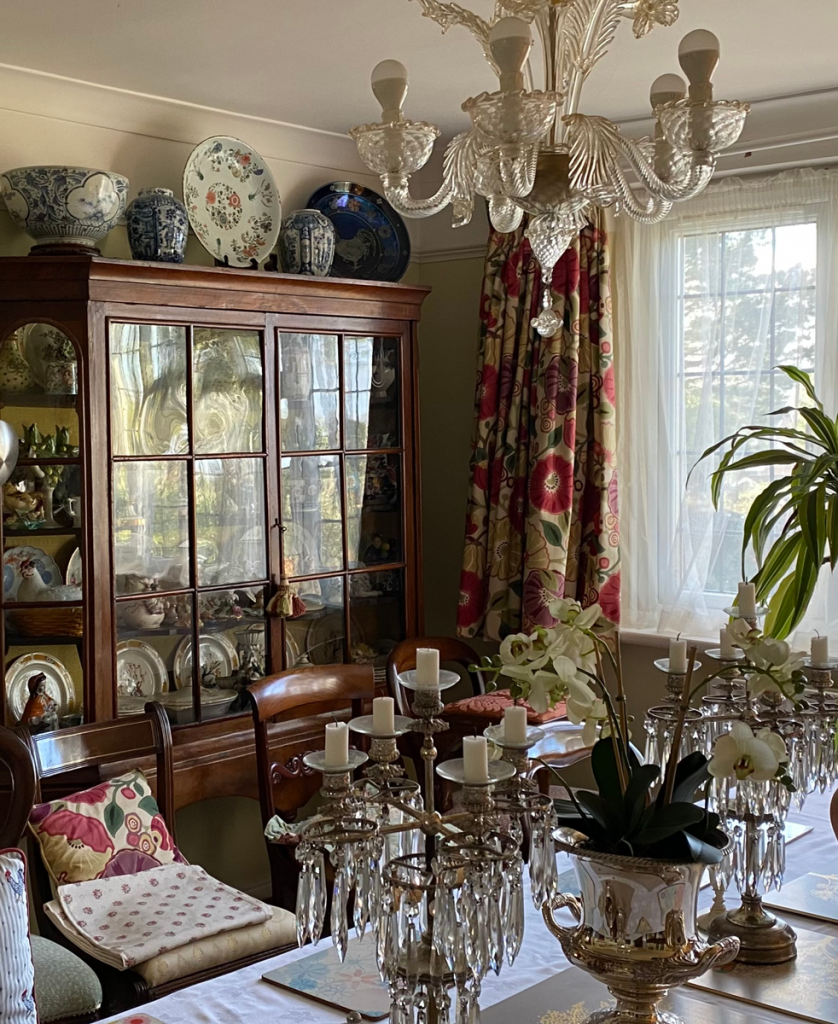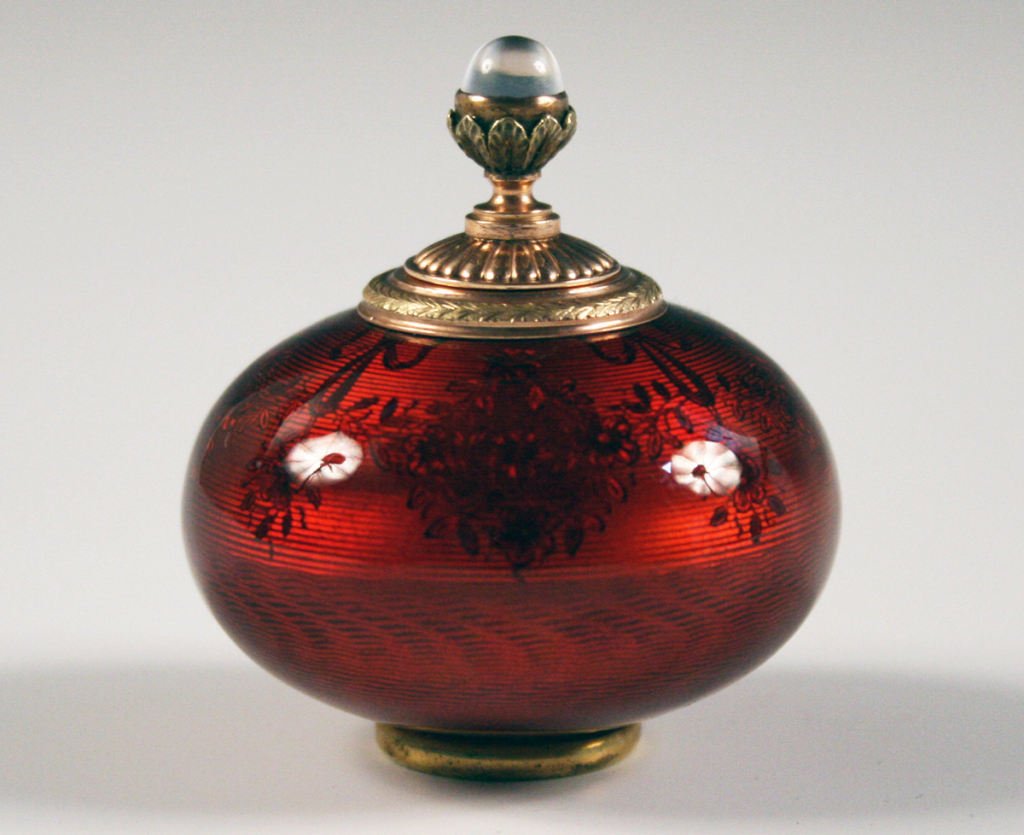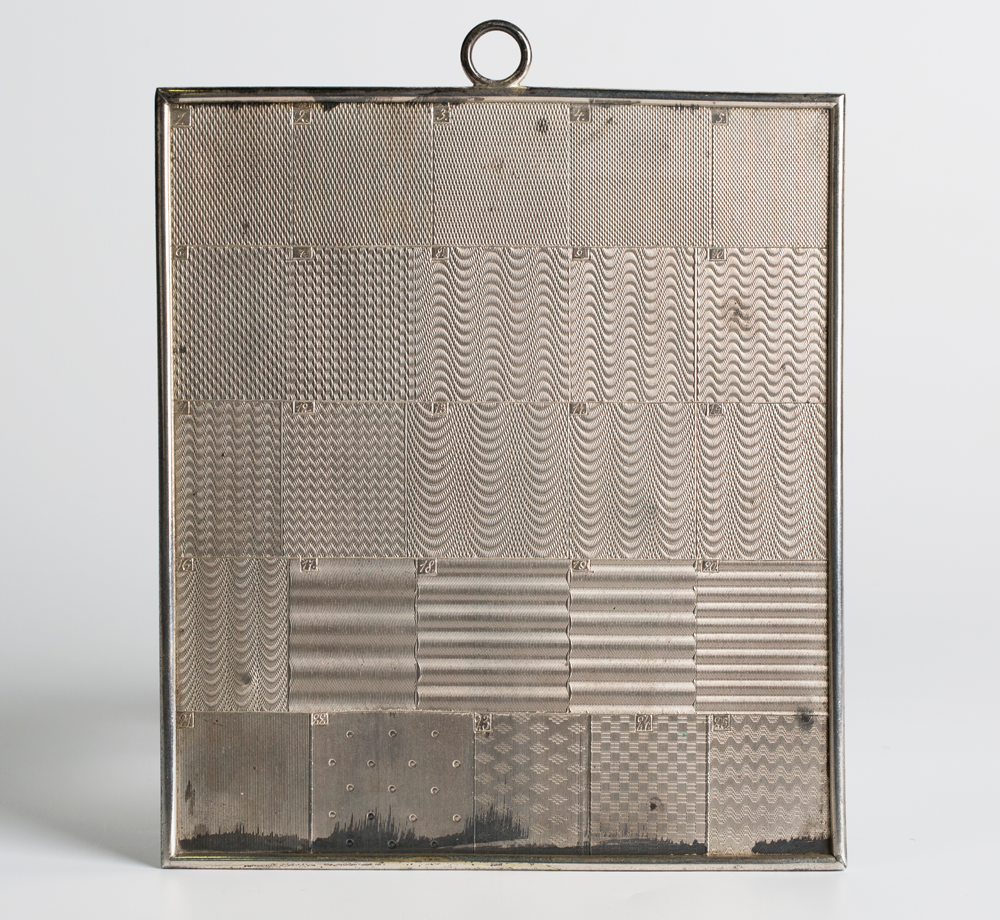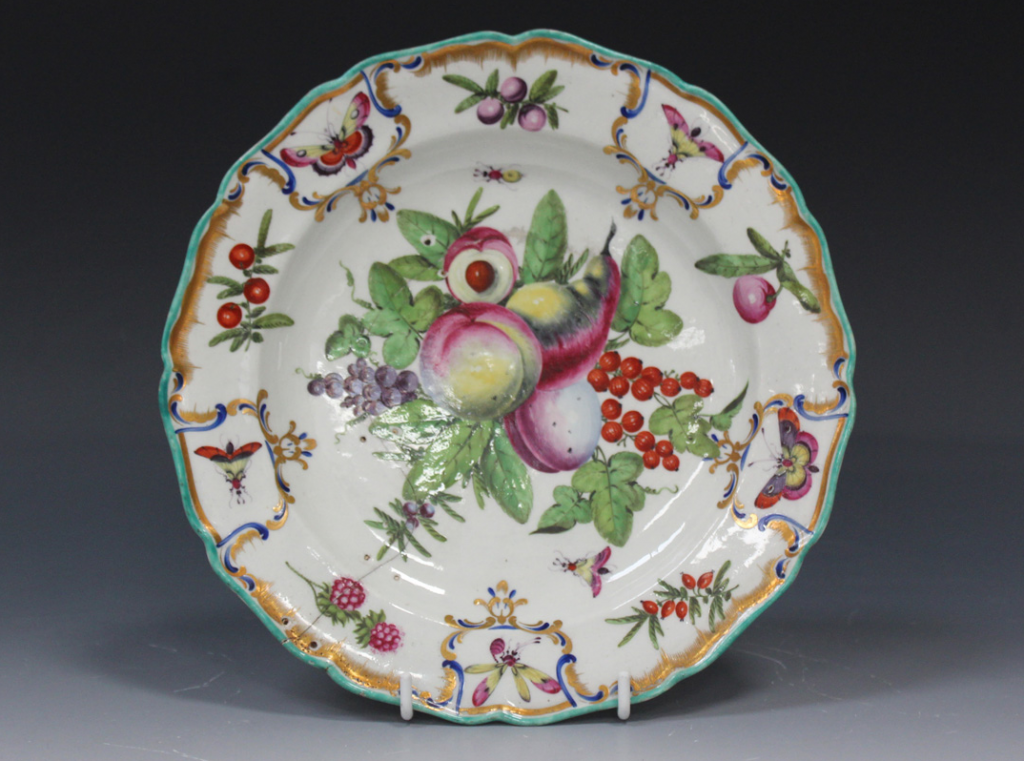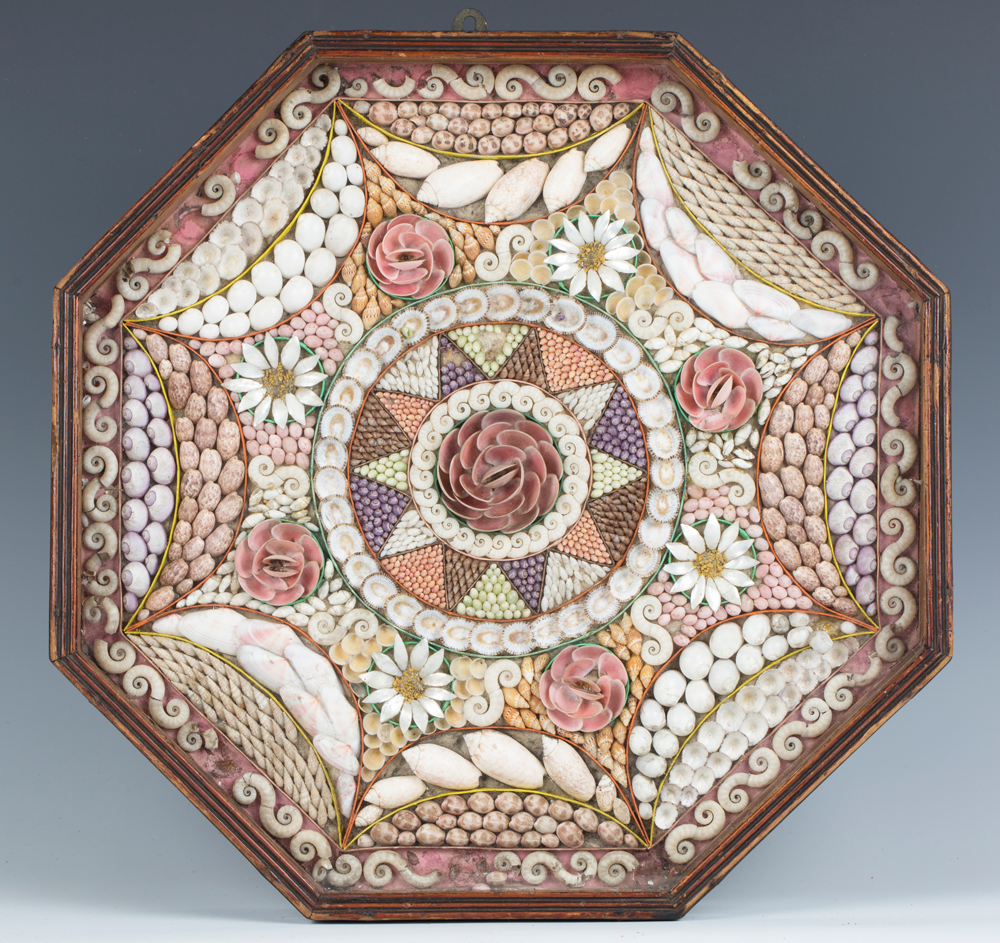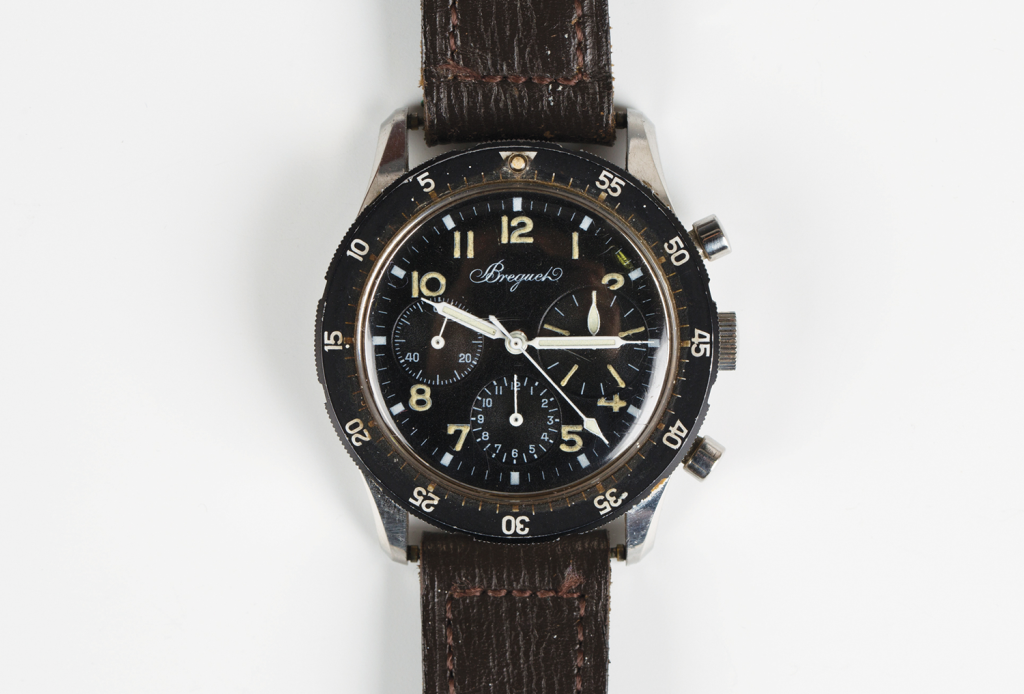
Over the millennia humankind has sought to record and measure time. Watches which can tell the time with exceptional accuracy can be bought for very little today and yet our enduring fascination with exquisitely engineered mechanical watches remains undiminished. Not only do these watches connect us with the present but they also link us with points of extraordinary human endeavour and adventure.
Breguet and Rolex remain two of the world’s most enduring brands. The art of time is given expression in the Breguet Type 20 and Rolex Submariner illustrated which realised £13,500 and £10,000 respectively at Toovey’s.
The great-great grandson of the founder of Breguet was Louis Charles Breguet (1880-1955). Louis was amongst the early pioneers of aviation building hydroplanes and warplanes used by the French during the First and Second World Wars.
After World War II the Breguet type 20 was one of the most popular watches for pilots.
Amongst the defining characteristics of a Type 20 chronograph is its black dial with two or three registers at 3, 6 and 9 o’clock that count up to 30 minutes. They have luminous hands and Arabic numerals, as well as Flyback function which stops, resets and restarts the chronograph with a single press of the lower button. They also have to be accurate within eight seconds per day.
In an age where we rely on satellites, even in our cars, it is hard to imagine the importance of timekeeping in flight navigation.
Since routes were determined by a series of navigational directions and flight times a pilot’s ability to precisely measure time intervals was vital.
In the 1970s Breguet began to produce a revised Type 20 wristwatch. The distinctive black dial with batten hands and luminescent numerals remained, though the case was made larger and a black anodised rotating bezel was introduced. The chronograph was powered by a Valjoux 725 calibre movement with two, or three counters as you see here.
Perhaps the most iconic of all diving watches is the Rolex Submariner. The idea was conceived in 1953 by Rolex board member and keen diver, René- Paul Jeanneret, who identified the potential for a diving watch which could also be worn every day. The French underwater explorer, Jacques Cousteau, invented the aqua-lung ten years earlier in 1943 and is said to have used a Rolex Submariner himself on occasions. His underwater adventures aboard the ship Calypso would be made famous by the BBC television series of the 1960s and 1970s.
Rolex diving watches have been design icons since their introduction in 1953. They were the first diving watches to be waterproof to 330 feet. Early and rare examples of Rolex Submariners can command five and six figure sums at auction. The stainless steel cased Rolex Oyster Perpetual Submariner illustrated with its leather strap dates from 1964.
We have a fascination with handmade watches and chronographs and value them far more highly than homogenous, mass produced timepieces. Interest, demand and prices continue to rise in this evocative field of collecting.
